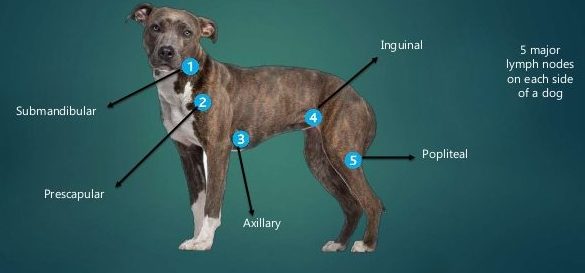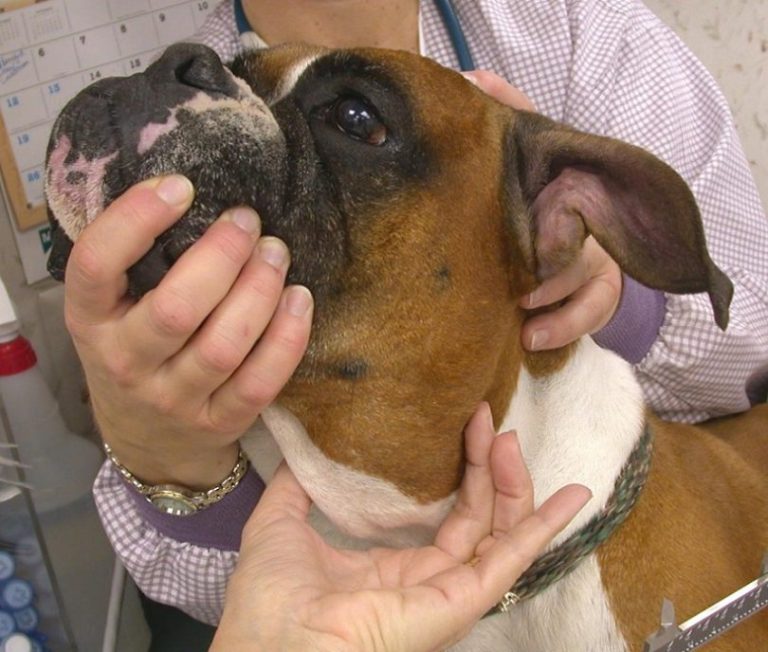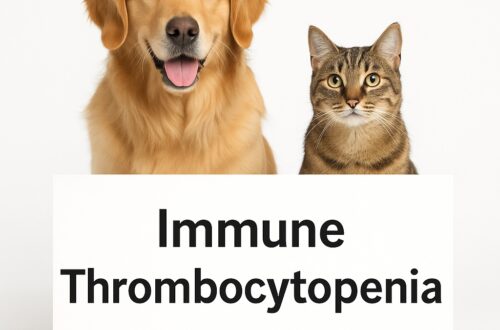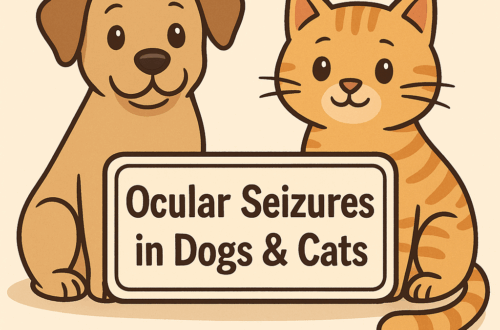A common clinical scenario I encounter is a pet referred to me for evaluation of enlarged lymph nodes. Parents may incidentally discover the swellings while petting or playing with their pet. At other times family veterinarians find the enlargements during an annual preventative healthcare examination. Given the commonality of this medical problem, I wanted to dedicate some time to explaining the importance of addressing lymph node enlargement in dogs and cats. Happy reading!
Lymph Nodes – What are they?
Lymph nodes are bean-shaped glands that are components of the lymphatic system. The lymphatic system is part of the immune system that helps the body fight against disease. In addition to lymph nodes, the lymphatic system also has many lymph vessels that are like arteries and veins in the body. As blood vessels carry blood, lymphatic vessels carry a clear fluid called lymph. This fluid carries nutrients and oxygen to cells and transports waste products away from them.

The myriad of lymph vessels directs the plentiful lymph fluid to lymph nodes located throughout the body. The lymph nodes have the important responsibility of filtering out threatening substances like infectious organisms. Although there are dozens of lymph nodes throughout the body, only a few are palpable during a physical examination. The lymph nodes veterinarians and pet parents may be able to feel are called peripheral lymph nodes and include:
- Submandibular– located beneath the jaw
- Superficial cervical (also called pre-scapular) – located in the shoulder region
- Axillary – located in the armpits
- Inguinal – located in the groin
- Popliteal – located behind the knees
Veterinarians use diagnostic imaging to detect enlargement of internal lymph nodes. Radiography (x-rays), sonography, computed tomography (CT scan), and magnetic resonance imaging (MRI) can all be used to visualize changes in lymph node size inside the body.

Lymph Nodes – Why do they become enlarged?
Lymph node enlargement – also called lymphadenopathy or lymphadenomegaly – has a variety of causes, including:
- Infectious diseases (i.e.: bacteria, fungi, protozoa, parasites)
- Cancer (i.e.: lymphoma)
- Immune-mediated diseases
- Allergic reactions
- Skin diseases
Lymph node enlargement happens when cells inside lymph nodes react to infectious organisms and/or are stimulated to multiply and increase in size by inflammation somewhere in the body. Unfortunately, lymph nodes can be infiltrated by cancerous cells.
Lymph Nodes – How is the cause of enlargement diagnosed?
Diagnosing lymph node enlargement is relatively straightforward. Veterinarians can detect the abnormalities either through physical examination or use of diagnostic imaging like radiography/x-rays and sonography. The more challenging aspect of the diagnostic process is figuring out what is causing the lymph node enlargement.

Veterinarians will perform a series of non-invasive testing like a complete blood count, a serum biochemical profile, and a urinalysis. Depending on where you live, the doctor may also recommend screening for various infectious diseases, particularly those transmitted by ticks. Testing for abnormalities of the immune system and/or performing skin biopsies may also be recommended. Ultimately, direct testing of the enlarged lymph node is needed. The initial test is called a fine needle aspiration or FNA. An FNA is inexpensive and easy to perform. There is low risk to the patient, and sedation is typically not needed regardless of location. A veterinarian uses a needle the size used to give a vaccination, so there is essentially no discomfort for the pet. Peripheral lymph nodes are very easy to aspirate; internal lymph nodes may be accessible for FNA with the use of sonography. Samples are then evaluated by a board-certified veterinary clinical pathologist – this evaluation is called cytology. Unfortunately, cytology is not a perfect – it is not always accurate! In such situations, a surgical lymph node biopsy is indicated.
Lymph Nodes – How is enlargement treated?
Treatment of lymph node enlargement depends on the underlying cause. Infectious diseases are typically responsive to antibiotic, antifungal, anti-parasitic, and antiprotozoal medications depending on infecting organism. Patients with primary skin conditions may need both systemic and topical therapies. Immune-mediated diseases require medications that change how the immune system reacts. Cancers benefit from interventions like chemotherapy and radiation therapy. Partnering with a board-certified veterinary internal medicine specialist, oncologist, and/or dermatologist may be beneficial to ensure your pet is receiving the most appropriate therapies.
The take-away about enlarged lymph nodes in dogs and cats…
Lymph nodes are important glands in the body. They help respond to dangerous elements like inflammation and infectious organisms. Enlargement of lymph nodes should never be ignored, and pet parents should seek immediate veterinary medical attention for their pets. Diagnosing the cause of lymph node enlargement requires a logical approach. Treatment and ultimately prognosis are dependent upon the definitive cause.
To find a board-certified veterinary internal medicine specialist, please visit the American College of Veterinary Internal Medicine.
To find a board-certified veterinary dermatologist, please visit the American College of Veterinary Dermatology.
To find a board-certified veterinary oncology specialist, please visit the American College of Veterinary Internal Medicine.
Wishing you wet-nosed kisses,
cgb





